Weekly round-up: 06 - 12 August 2014
Much of the focus this week was on just what, if anything, the remnants of former Hurricane Bertha would throw out our way as it trundled merrily across the Atlantic, with hopes of rare and dramatic seabirds being at the forefront of the birder’s imagination.
Along with the hope of seafaring gems and perhaps the occasional Nearctic shorebird came the inevitable windy and wet weather to go with it ~ a lot of rain of fell across the country as Sunday dawned and dusked ~ as winds blew from the west.
Summer’s warm embrace had been thrown to one side and for the following few days, struggled to return…
Prior to a decidedly soggy Sunday, there was still a reasonable amount of sunshine and (slightly sticky) warmth to be had for many ~ for instance, the southeast (once again) was nuzzled by temperatures in the medium 20 degrees area and the short lived pulse of largely southeasterly to easterly winds produced a few more drifters to add on to the fascinating trickle that appeared at the end of last week’s review period.
A week that began with much promise, particularly for those with dreams of top-drawer seabirds, has seen the past seven days actually fell pretty flat in terms of the quality new birds being on offer. For the most part it was a tale of lingerers and not much else.
It seemed inevitable that the weather associated with one-time storm Bertha would produce at least one Fea’s Petrel across the weekend, so it came as no surprise to see news of one heading close inshore past Mayo’s Kilcummin Head just after 1pm on 10th (in apparently rather benign conditions, with light winds and calm seas).
The time is relevant here as at 4.15, a Fea’s Petrel headed past Annagh Head, on the Mullet Peninsula ~ some 40 to 50-odd miles due west of Kilcummin (the former is at the northwest end of Mayo, the latter at the far northeast of the county), so it seems likely that this may well have been the same bird tracking around the coast ~ a three hour glide in light winds would be about right.
The sixth record for the summer to date (we’ve had three in July and now three in August) it could be the first in Ireland’s most rugged and glorious county since August 2008 (the date of the last accepted record, although another was reported in September 2010, also off Kilcummin).
Mayo enjoyed a tremendous run of records in 2007 ~ four noted between August 31st and September 14th ~ with records coming from Kilcummin Head (on August 31st), Downpatrick Head (on September 2nd), Annagh Head (on September 8th) and then off both Kilcummin and Annagh on September 14th. The following year saw one tour past Annagh Head (on August 24th) and now another one has come along.
On the same day as the Mayo bird, a “probable” Fea’s was reported from St. Agnes (Cornwall) but it couldn’t be confirmed and it wasn’t noted elsewhere along the coast.
Northumberland’s now moulting adult Stilt Sandpiper spent a few more days at Cresswell Pond NWT this week ~ present to 12th ~ having flip-flopped a little last week between Cresswell and Druridge Pools, the bird seemed happy enough at its initial point of arrival (where it was found on July 29th but, as mentioned last week, went missing for a few days before making itself known elsewhere).
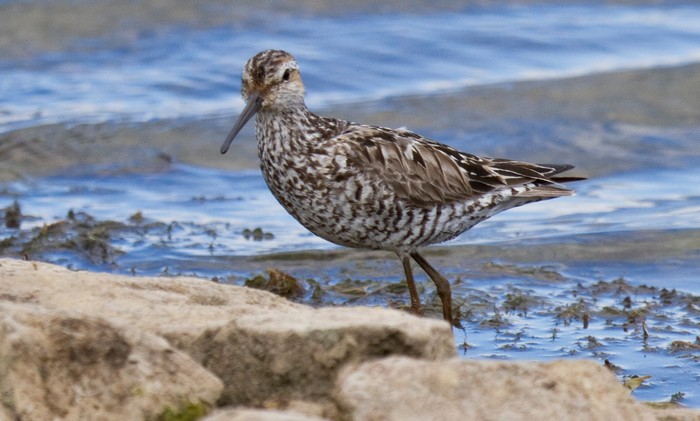
Assuming this particular Stilt Sandpiper remained in the county throughout the missing days between July 30th and August 3rd, the bird has clocked up a 12 day stay to date ~ of the 18 accepted records (of 16 birds) since 2000, five have made double figure stays, with just two lingering longer than this summer’s bird (at Pennington Marshes in Hampshire for 14 days in July-August 2002 and Lodmoor RSPB in Dorset for 16 days in July-August 2011).
There are few other double-figure stickers in the world of British and Irish Stilt Sandpipers but the leader of the pack remains (and will remain for some time to come…) the well-twitched, extremely popular first-summer that hung around the pools around Frodsham from April to October 1984, wracking up a monster 171 day stay.
Black-winged Pratincole is another species not always known for clocking up long stays anywhere in particular but this year has seen what is surely the very same bird chalk up a significant tally around the country.
The last couple of reviews have detailed in depth the various locations that this free-flying spirit has notched up (so we don’t need to head down that route again) but since appearing in Northumberland on June 12th we can do a little maths and come to a UK stay of 59 days in all, though it had been seen on less than half of those.
The Ouse Washes in Cambridgeshire remained the Pratincole’s site of choice and was present up until 9th (making it a baker’s dozen days on site since the first showing there on July 19th) ~ and comfortably passed all other BWP’s on the record book ~ nine of the 41 accepted birds to date have notched up double figures, with Norfolk’s mobile and often unseen individual from the summer of 1999 managing to collect 45 days between arriving at Cley in mid-July that year and being last noted at Terrington Marshes at the end of August.
With a lot of attention focussed on seawatching this week, let’s break down two or three more of the key species involved…
For the first time this autumn comes mention of County Clare’s premier seawatching spot ~ Bridges of Ross ~ where the first of just two Wilson’s Storm-petrels for the week was seen passing by the famous headland on 8th. Bird two was the first petrel of the pelagic proceedings off Scilly on 9th with a third coming the day after, seen from the Sunday service on 10th. Back in Clare, Bridges’ birders collected their second singleton of the week on 12th, with the evening trip off Scilly the same day securing three more.
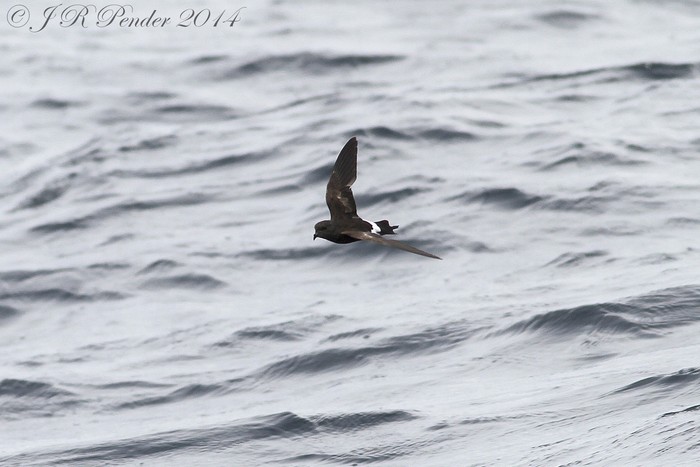
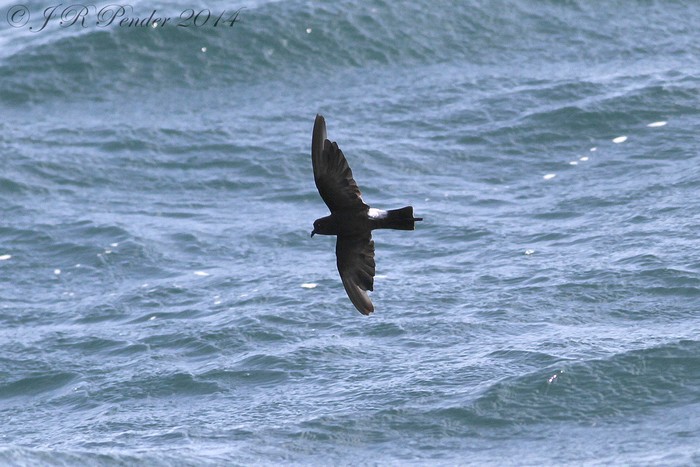
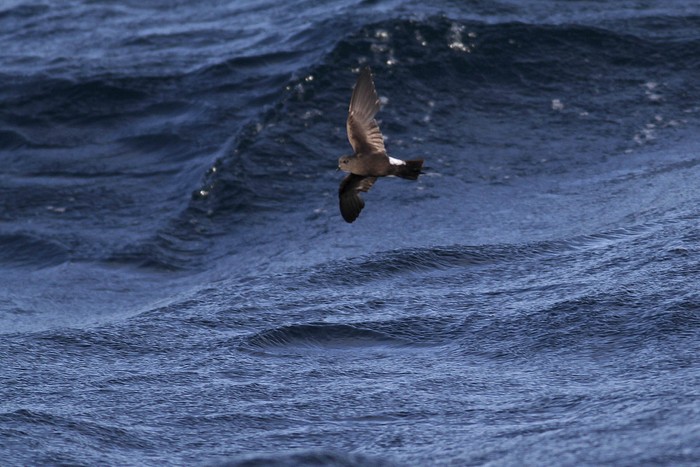
After a slightly slow start to proceedings where at least two species of large shearwater were concerned, the impending rough stuff provided courtesy of Bertha’s Atlantic chug duly turned up the numbers as the weekend approached.
A couple of Cory’s Shearwaters from Porthgwarra on 6th started the new review period off and were followed the following day by a tidy 20 from the Scilly pelagic of 7th with two for Cork’s Baltimore Beacon and four for Melmore Head (Co. Donegal).
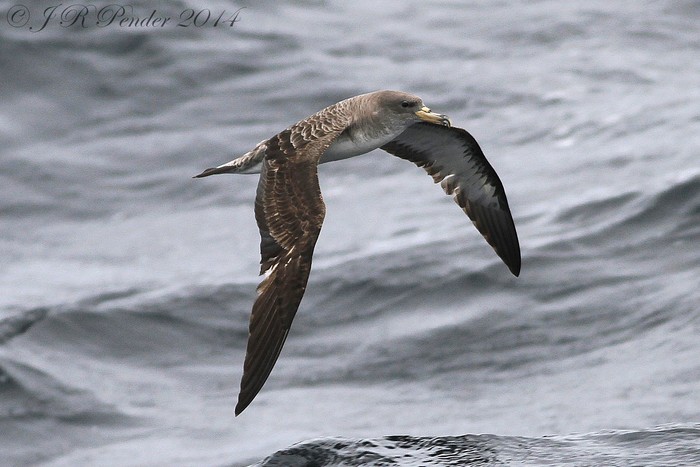
The Scilly “Birder’s Special Pelagic” on the evening of 8th cracked in a terrific total of some 200 birds during the course of the evening (that must have been quite something to be amongst ~with the potential ~ and hotly tipped here! ~ Scopoli’s Shearwater also reported on the same trip) ~ while trips in to southwestern waters on 9th yielded a further 15 from another Scilly trip while a “Penzance Pelagic popped in at least eight on their trip. Cornish (and visiting emit) landlubbers managed 16 from Porthgwarra.
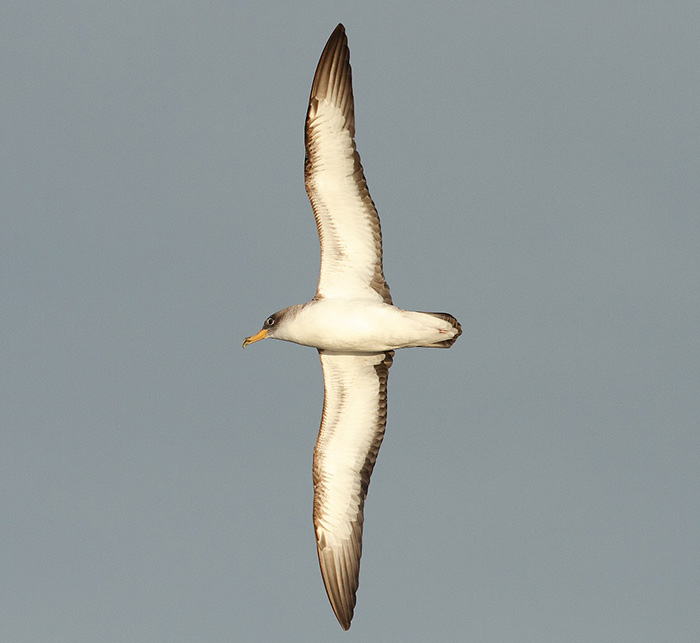
The big number for 9th came from Cork’s Galley Head, 44 Cory’s seen there during the afternoon, with another five off the Old Head of Kinsale.
Expectation became higher as the grot approached on 10th, though a single off Whitburn in County Durham wasn’t wholly expected. Interestingly, the turbulent, changing wind direction produced a rare scenario where west Cornwall’s three main seawatching locations all managed to see big shearwaters logged ~ St. Ives managing two, Porthgwarra six with Pendeen registering 15. Off Scilly, a further 10 were seen from the pelagic and one was also seen from St. Mary’s while the 10th saw Mayo seawatchers log 27 from Annagh Head and 33 (in 12 hours) off Kilcummin Head.
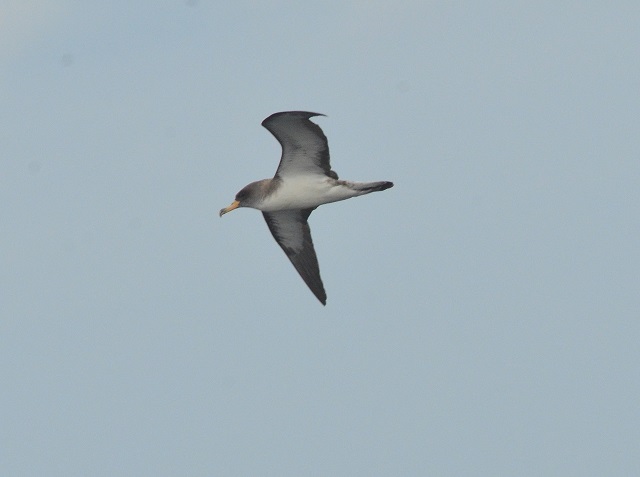
With the weekend gone and most folk having returned to work there were fewer birds reported on 11th (maybe ‘coz they weren’t there…) but Donegal observers saw three from Melmore Head and nine off from Malin Head. Further down the Irish coast, seven flew by Annagh Head and 11 birds were seen from Bridges of Ross. A single bird was reported from Portland Bill while in and around Cornwall. seven passed Pendeen, 10 were seen from the evening crossing from Scilly to Penzance, while a lively evening spell off Porthgwarra saw 51 Cory’s counted.
The final day of the review period saw 10 birds logged from Kilcummin Head, nine appeared during the Scilly pelagic, while eight more birds passed Porthgwarra during the first few hours of the day (with four more later in the day). Two Cory’s were also seen from the Scillonian, Donegal’s Malin Head and also Clare’s Bridges while the second single of the week for Portland Bill was seen late on in the day. The final bird of a busy “big shear” week was seen from Melmore Head.
Just as with Cory’s Shearwater, there wasn’t too much action in the Great Shearwater department at the start of the new review period ~ two were seen from Porthgwarra on 6th, with one off the M.V. Scillonian III and 10 from a Scilly pelagic on 7th.
On 8th, the Scilly pelagic, along with the excellent total of Cory’s also managed to clock up 40 Great Shearwaters with 9th seeing a similar picture to 8th in terms of shearwater distribution ~ Cork’s Galley Head collecting the day’s highest count with 20 and the Old Head of Kinsale managing seven. At least five were seen from both Scilly and Penzance pelagics, while Porthgwarra’s watchers managed five as well.
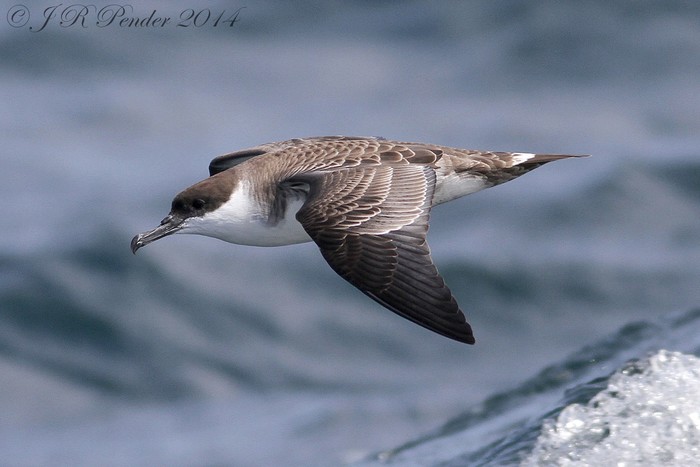
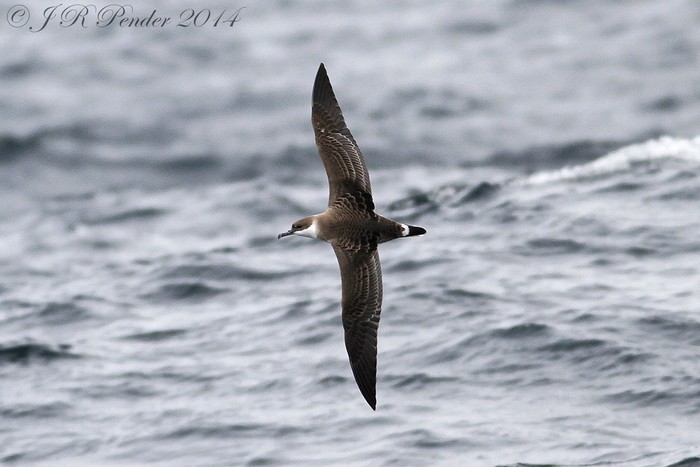
Cornwall was the focus for 10th and with 30 Greats passing Pendeen by noon that attention seemed justified (a further five were added during the course of the afternoon). Birders at St. Ives managed 13 while in Devon, two were seen at Dawlish Warren (a rare bird there) and Orcombe Point, with ones for Slapton, Berry Head and Hope’s Nose. Eight were noted off Scilly and the same number passed Annagh head, with four off Kilcummin. A single Great was also seen from Brandon Head (Co. Kerry).
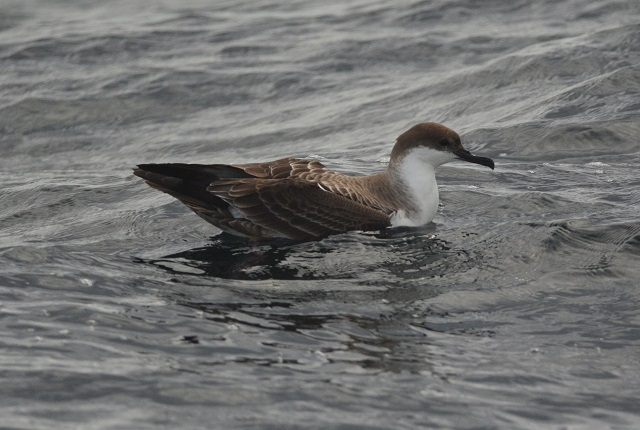
The 11th saw a few more drift past six locations ~ 18 were seen off Mayo’s Annagh Head, a total of 17 were seen from Pendeen, nine passed Bridges of Ross, while another eight were seen from Malin Head. Five were seen from the Scillonian and two were logged off Porthgwarra, with four more there on 12th. The same date also saw a brace wander past Bridges of Ross and four off Melmore Head, with ferry passengers travelling from Scilly to the Cornish mainland saw seven on 12th too, with those taking to the high seas off Scilly that night managing a further six birds.
The week’s total of Balearic Shearwaters moved through three figures by midday on 10th with most of the birds recorded coming along southern coasts. Double figure counts were noted off Pendeen on 10th (10 there through the day), Devon’s Prawle Point and Berry Head, 12 at the first site on 6th and 11 at the second on 10th, while in Dorset, Portland Bill managed 13 on 8th and 14 on 10th. Prawle registered 10 more on 12th as well.
A further 18 or so were seen in Devon, with around 13 for Cornwall while singles made their way along the coast to East Sussex and Kent, with another reported off Formby Point (Lancashire) on 10th.
The virtually adult Long-tailed Skua was in the Church Norton area of West Sussex to 12th (popping in at Medmerry on 9th), while a sub-adult spent 10 minutes offshore from Portland Bill on 6th. Another was reported off a pelagic from Staithes (North Yorkshire) on 7th and adults were seen from Old Head of Kinsale (Co. Cork) on 9th, Reculver (Kent) on 10th and Strumble Head (Pembrokeshire) and Sumburgh (Shetland) on 11th. An immature Long-tailed Skua was also noted off Bowness-in-Solway (Cumbria on the latter date.
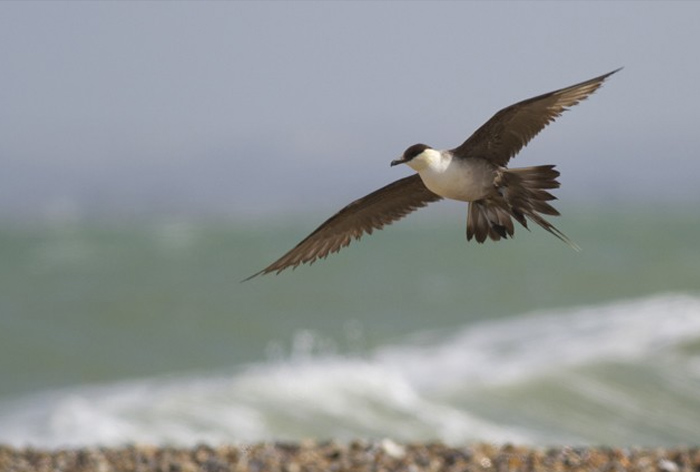
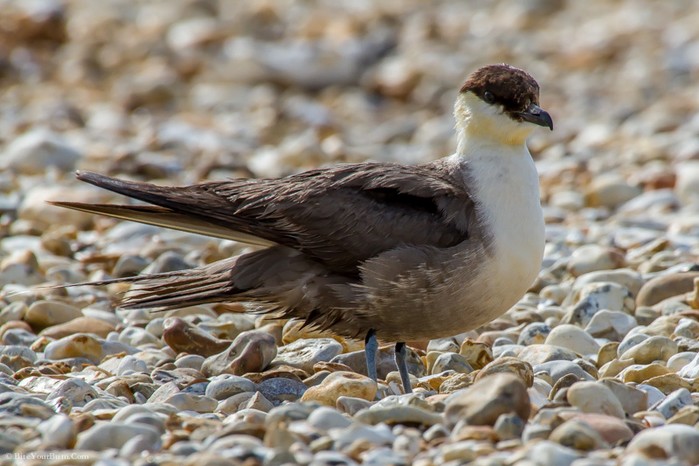
A handful more Pomarine Skuas were seen through the week as “true autumn” moved ever closer…two headed south past Barns Ness (Lothian) on 6th with singles the same day seen from Chesil Cove (Dorset), Powillimount (Dumfries & Galloway) and Rousay (Orkney). Further ones were noted off Beadnell (Northumberland) on 8th, from a ferry off Spurn (East Yorkshire) on 9th with another in Chesil Cove on 10th while the ninth of the week headed past Whitburn the same day. Pendeen also scored two on 10th, with another off Holland Haven (Essex). Further singles were seen in County Clare, Dumfries & Galloway and Dorset on 11th and Cumbria on 12th.
The only two Leach’s Storm-petrels of the week were both recorded overnight on 6th ~ on Fair Isle (Shetland) and at Eyemouth (Borders). An adult and first-summer Sabine’s Gull were seen off Staffin Bay, Skye (Highland) on 8th with another seen from the morning crossing to Scilly the same day.
The stormier conditions of 10th produced a single Sab’s heading through the English Channel, passing Milford-on-Sea (Hampshire) and on 11th after one headed by Abbostbury (Dorset), a summer adult was discovered on Warwickshire’s Draycote Water ~ the first record in the county for over four years, since one at the same site in late July 2010. The following day, birders at Bridges of Ross in County Clare noted three summer adults heading past the famous headland with a single there on 12th with the final bird of the week noted from the Scilly pelagic the same day.
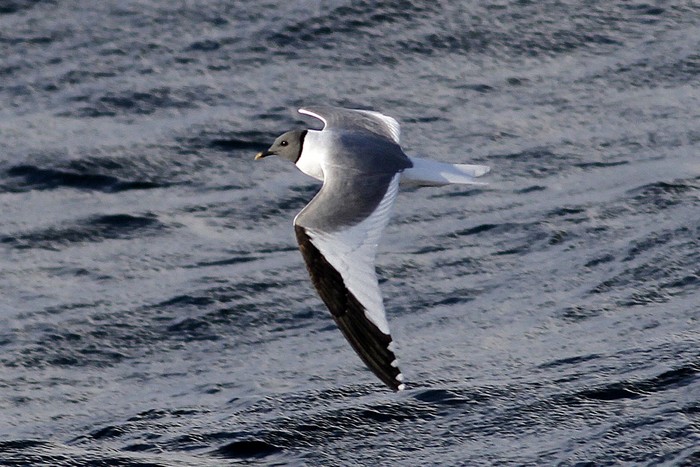
Finally, seawatchers at Pendeen, Strumble Head and Bridges of Ross all scored a single Grey Phalarope each on 11th.
The week’s only Purple Heron was a juvenile seen around the Somerset Levels, at Hay Moor, on 6th ~ presumably the same bird was seen last week around North Curry. The lingering second-summer Night Heron in Warwickshire remained at Seeswood Pool to 9th at least.
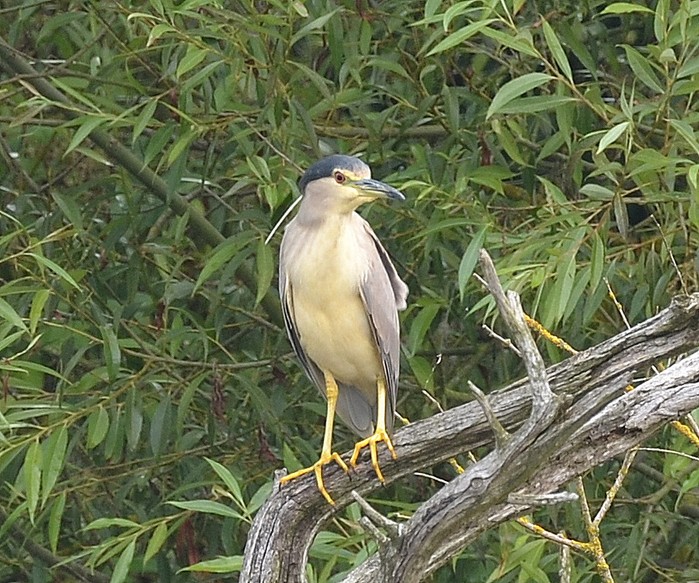
Gloucestershire’s recent trio of Cattle Egrets seems to have dissipated ~ singles only this week at Slimbridge WWT on 6th-8th with one at Frampton off and on to 8th as well. The rooster in County Down was in at Hillsborough to 8th at least and the birds at Sidlesham (West Sussex) and Susworth (Lincolnshire) were around to 6th and 11th respectively.
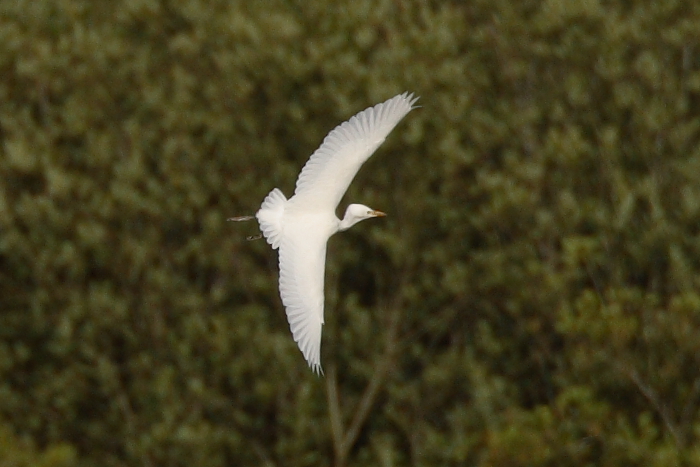
Good news this week for Great White Egrets from the Avalon Marshes ~ four adults and three home grown juveniles were present at Ham Wall RSPB on 7th, the first confirmation of another successful breeding season there. Two birds were noted the previous day at Shapwick Heath NNR and a single was seen at Hinkley Point on 8th. Elsewhere in the Westcountry, singles were at Christchurch Harbour (Dorset), also on 8th and at Wiltshire’s Cotswold Water Park from 8th-10th.
An adult and juvenile headed across Godstone Bay (Surrey) on 6th before alighting at Amwell NR (Hertfordshire) later the same day where they remained until early the next morning. These two may then have accounted for the single records from Gayhurst (Buckinghamshire) on 10th and Howe Green (Hertfordshire) on 11th. Kent saw at least one still present around Dungeness and one was on Sheppey, at Shell Ness, on 9th.
Cambridgeshire hosted at least three Great White Egretsthrough the week, two at Ouse Washes RSPB on 9th and one at Wicken Fen NT on 7th-8th while two were seen in Norfolk, one remained at Hickling Broad NWT throughout the week with another seen at Snettisham on 8th. In the Midlands, single birds were at Willington GPs (Derbyshire) on 6th-7th and at Branston GPs (Staffordshire) on 7th and 9th while South Yorkshire’s roamer was around Old Moor and Wombwell Ings to 8th. Another was found in Lincolnshire, at Grimsthorpe on 11th and in North Yorkshire, at Nosterfield NR on 12th.
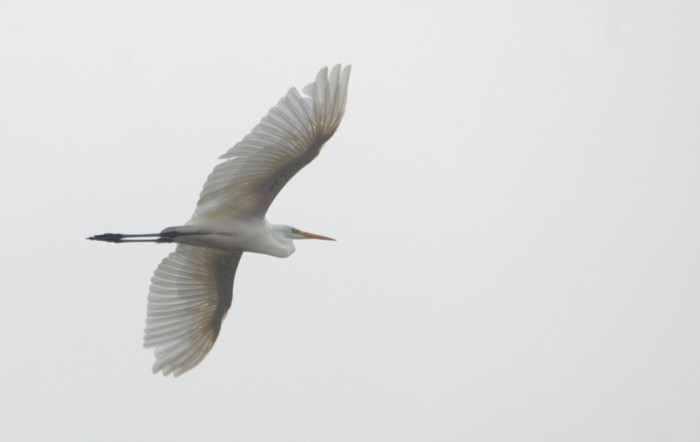
In the northwest, two remained at Leighton Moss RSPB (Lancashire) to 9th and loners were at Neumann’s Flash (Cheshire) on 6th and again at Foulridge Reservoir (Lancashire) to 8th. The final Great Whites of the week were seen in Scotland ~ between Creetown and Palnure (Dumfries & Galloway) on 7th and at Hirsel CP (Borders) the following day.
The Spoonbill week began on 6th with three birds still in Findhorn Bay (Moray) and were followed by a further trio at Frampton Marsh RSPB (Lincolnshire), two at Christchurch (Dorset), a single at Blacktoft Sands RSPB (East Yorkshire) and 17 at Titchwell RSPB (Norfolk). Cley popped in 24 on 7th with singles at Minsmere RSPB (Suffolk) and Gibraltar Point NNR (Lincolnshire) along with three at Norfolk’s Stiffkey Fen.
By the weekend, Norfolk double figure flocks were being shared with Lincolnshire (11 at Alkborough Flats) and Suffolk (16 now at Havergate Island) while numbers fluctuated in north Norfolk, Cley hosting 14 on the evening of 10th and Titchwell hosting 16 on the morning of 11th. In Dorset, eight awaited the arrival of further spatulate-beaked chums on 12th.
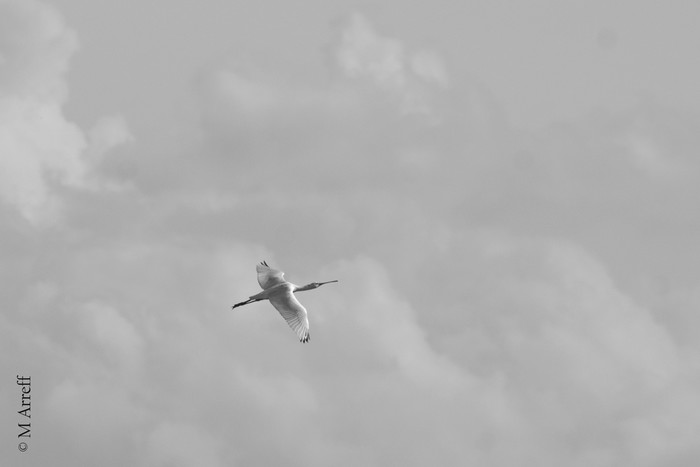
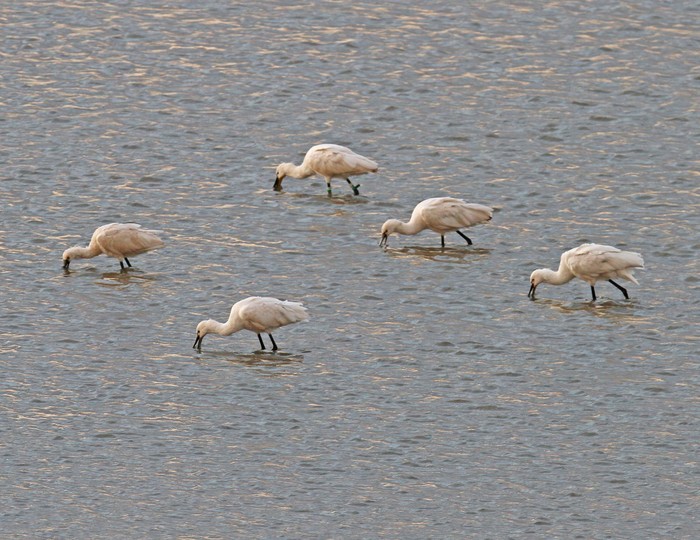
There were seven Glossy Ibis noted through the last week ~ one made a brief stop-offs at Sandbach Flashes (Cheshire) and Abberton Reservoir (Essex) on 6th, while on 7th, a single bird headed over Crayford (London) before appearing back at Beddington SF later the same morning, staying put until 10th at least. Back in Essex, a Glossy Ibis was at Old Hall Marshes RSPB to 9th, while lingerers remained at Frampton Marsh RSPB (Lincolnshire) and Cossington Meadows (Leicestershire) to 11th. Ireland’s only bird this week was seen at Seabank (Co. Louth) on 7th.
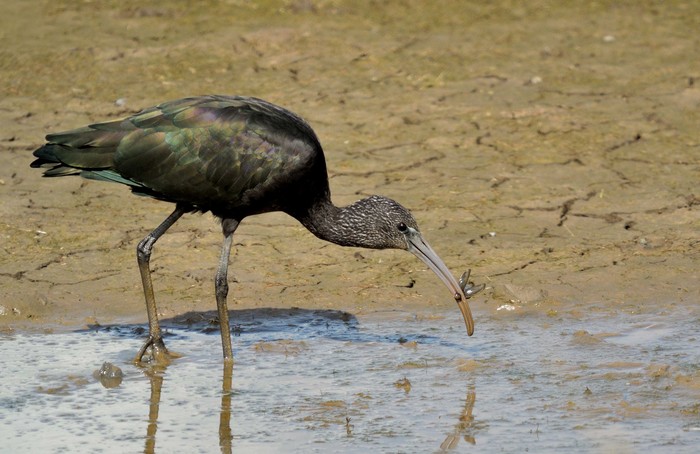
A “fresh blood” flock of five Common Cranes flewe over Boyndlie (Aberdeenshire) on 7th. Elsewhere, it was “as you were”, the first-summer remained at Leven Carrs (East Yorkshire) to 7th, two were in the Broads, at Hickling on 9th and two were at the Ouse Washes RSPB to 10th.
Three of last week’s Spotted Crakes started off this week too ~ present on 6th at Burton Mere RSPB (Cheshire), Titchwell RSPB (Norfolk) and Rainham Marshes RSPB (London) ~ the latter two present throughout the week. New on 6th was one at Boultham Mere (Lincolnshire) and two further new arrivals emerged on 10th, at Chew Valley Lake (Somerset) and Bowling Green Marsh RSPB (Devon).
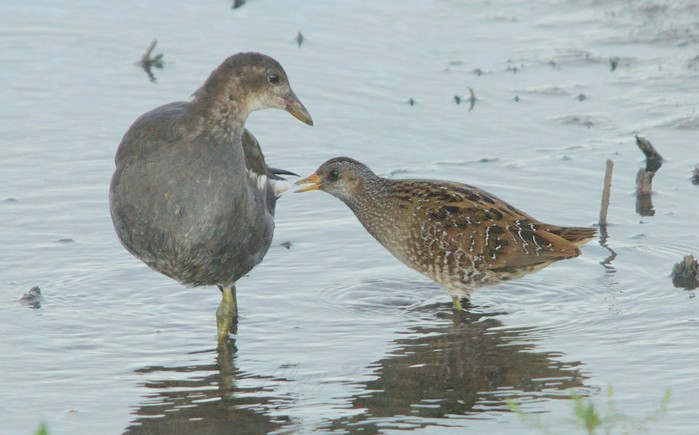
The eclipse drake Lesser Scaup was on Blagdon Lake (Somerset) until 12th and appears to be the only waterfowl species of note anywhere in the country this week.
Spurn’s second-ever Terek Sandpiper was a tremendous find at Beacon Ponds on the afternoon of 7th, where it stayed for a handful of hours before heading out towards the Humber. The peninsula’s only other record of this enigmatic shorebird came at the same site on June 1st 2002 ~ Yorkshire’s only other record coming from Blackmoorfoot Reservoir on June 16th 1989 and Patrington Haven on May 23rd 2009.
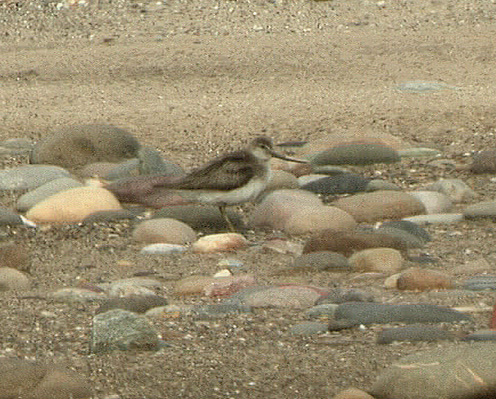
As the review period drew to a close, it turned out that the turned-up beak shorebird had only moved a little way to the south ~stopping off at Far Ings NR, near Barton-upon-Humber in Lincolnshire during the morning of 12th. It was only three months ago that a particualrly obliging Terek spent a few mid-May days in the county, at Covenham Reservoir. It couldn’t be the same bird tracking back south could it?
Bang on cue, and just as predicted, the first Buff-breasted Sandpipers arrived this week, two birds making landfall on Dublin’s Rogerstown Estuary on 8th. Also new this week, an American Golden Plover at Borinish, South Uist (Outer Hebrides).
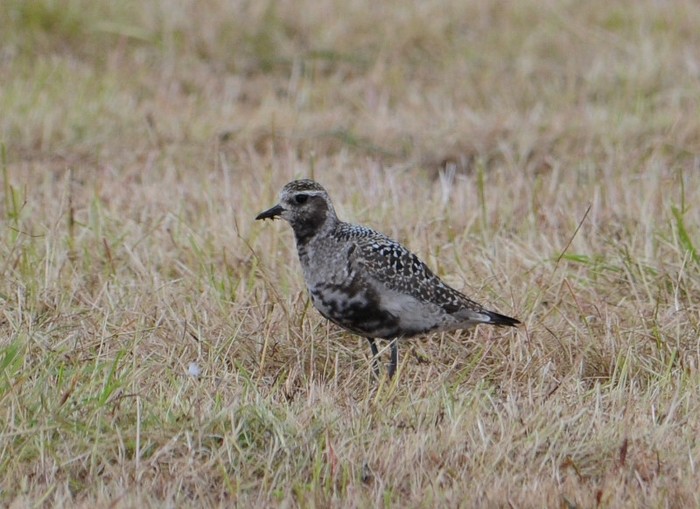
Further (presumed Nearctic) shorebirds this week included lingering White-rumped Sandpipers at Gibraltar Point NNR (Lincolnshire) again on 6th and 8th, along with one at Rush Hills Scrape, Hickling (Norfolk) to 9th.
Pectoral Sandpipers included birds from last week remaining at Carr Lane Pools, Hale (Cheshire) and Pennington Marshes (Hampshire) to 7th and 10th with new birds found at Sidlesham Ferry (West Sussex) on 7th with it or another then at Pulborough Brooks RSPB from 9th and on Shetland one was seen on Unst on 8th. An inland Pecpopped up at Old Wolverton (Buckinghamshire) on 10th and was still present the next day and two were found near Drongan (Ayrshire) on 11th.
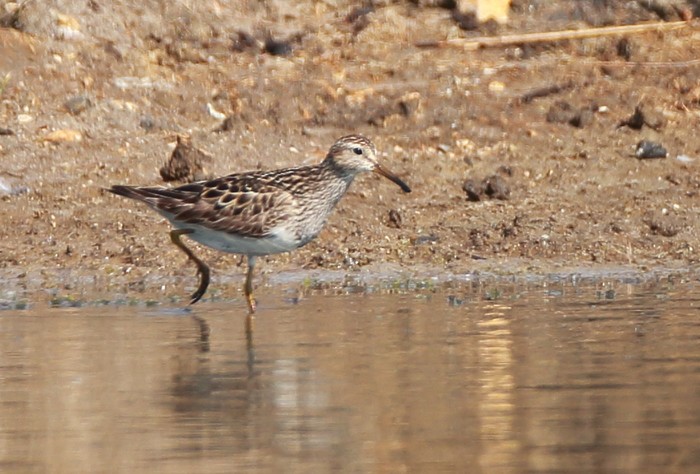
On Orkney, the adult Pacific Golden Plover remained on North Ronaldsay to at least 11th while up on Shetland, two single Red-necked Phalaropes at either end of the island chain ~ on Fair Isle on 6th and on Unst on 8th while a little closer to most homes was the juvenile at Frampton Marsh RSPB on 10th-11th. A Dotterel was reported from South Yorkshire, in fields near South Anston on 12th.
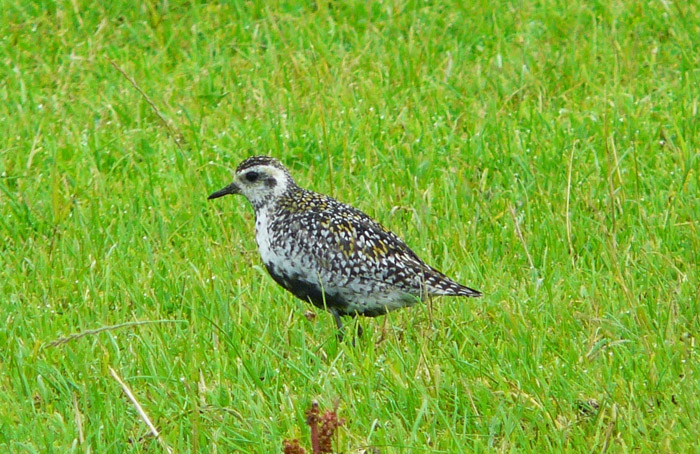
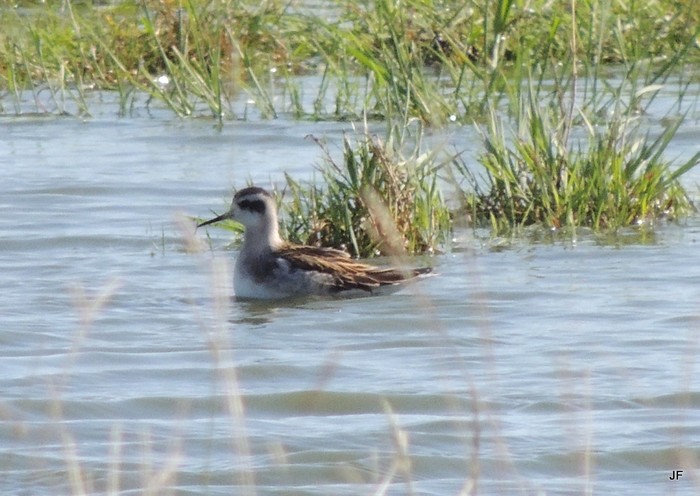
In Suffolk, the family of two adult and four juvenile Black-winged Stilts were back around the Cavenham area from 6th, proving mobile for a day or two before at five of them settled at Cavenham Pits on 9th. In West Sussex the two adults and three juveniles were at Pulborough Brooks RSPB to 9th before appearing again at Sidlesham Ferry on 11th while along the coast in Hampshire, a rogue juvenile was reported at Keyhaven on 8th.
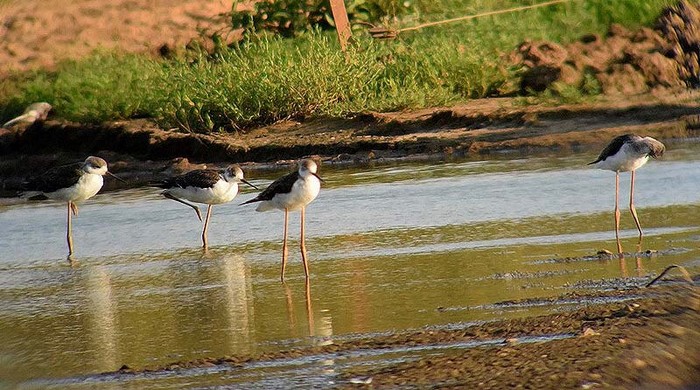
After going AWOL for five days, the Franklin’s Gull seen last week at Breydon Water popped up amongst the sizeable gull roost on Cley’s North Scrape on the evening of 6th ~ becoming a first for the famous 10km square of TG04 in to the bargain. Heading west towards Blakeney Harbour at dusk, the bird has been looked for most nights since but with no further sign, it seems likely to have moved on and away from Norfolk.
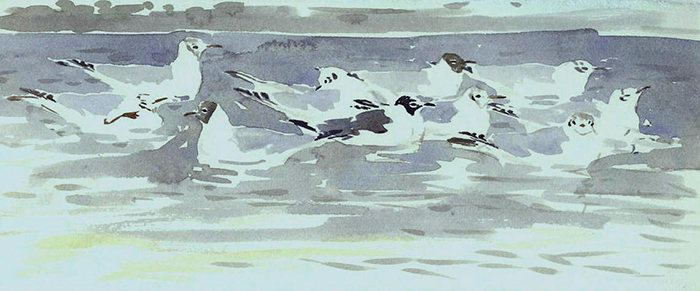
The first-summer Laughing Gull was still at Ballycotton (Co. Cork) all week whilst the adult Bonaparte’s Gull was again at Oare Marshes (Kent) on 9th-10th.
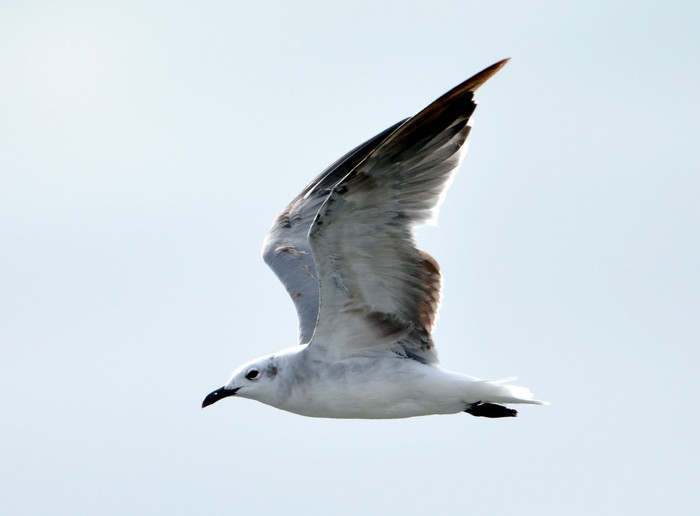
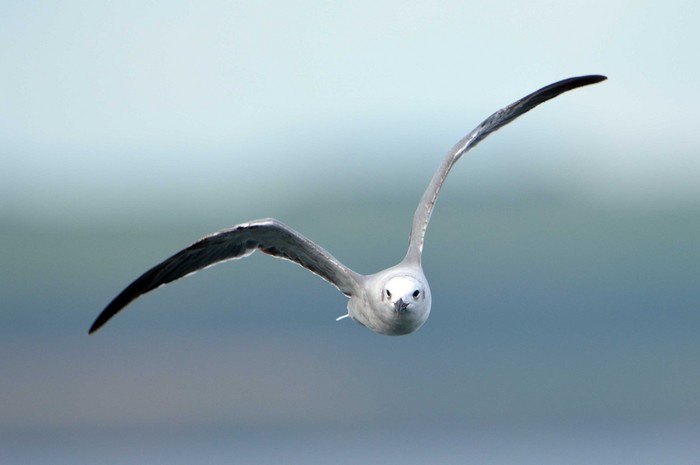
After a Glaucous Gull was reported last week on Orkney, at Birsay, this week we have a report of an Iceland Gull at the same spot, seen there on 11th.
There was a tidy spread of those lovely Caspian Gulls this week, with Suffolk still the place to be if you really wanted to get to grips with all things cachinnans. Up to a dozen were seen through the week, including six in the pig fields around Great Livermere on 10th. Three were seen at Walberswick on 8th and at least two were at Minsmereon 7th. In Norfolk, three birds (two adults and a juvenile) were at Cley on the evening of 7th and new young birds (the third and fourth so far this autumn) was seen there on 9th and 11th. Other brand new juvvys were at Beddington SF (London) on 7th, Shawell (Leicestershire) on 9th and Flamborough Head (East Yorkshire) and Spalford (Lincolnshire) on 11th and at Candles landfill site (Shropshire) on 12th. A further dozen or so older were noted elsewhere around the country, including up to three in South Yorkshire and an adult in Gloucestershire (at Quedgeley on 8th).
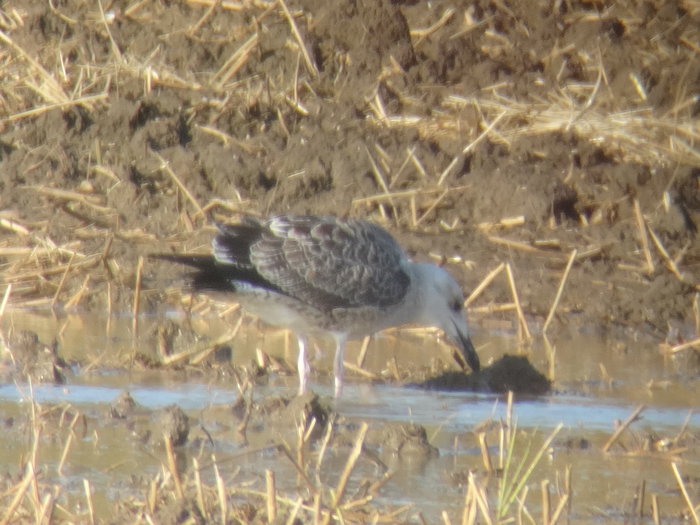
The colour-ringed advanced third-summer (rapidly moulting to fourth-winter plumage) Larid at Amble (Northumberland) had the occasional air of mixed parentage in a few images ~ coming from a mixed species gull colony in southern-most Poland, just above the Czech border ~ though (typically for a gull) not always, indeed in many shots it looks the business and 100% A.O.K. So that’s the route we’ll head down...
Yellow PKCS has already been noted in north Norfolk (in July 2012) and Groningen in the Netherlands (in April 2013) before being noted in the same part of the north-east on dates in July and September last year. Now, it has returned, to the same spot around Amble, allowing county birders a chance to add it to their respective county lists. Gulls ~ you gotta love ‘em.
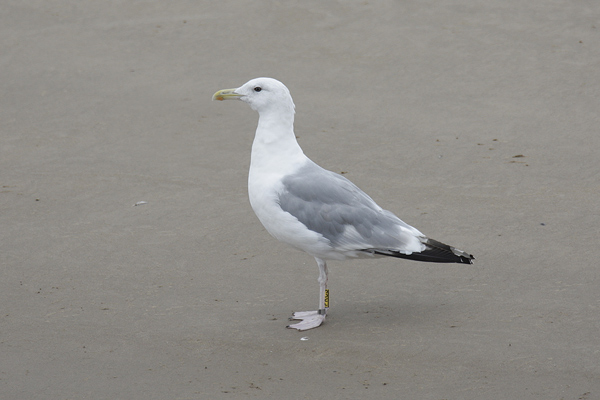
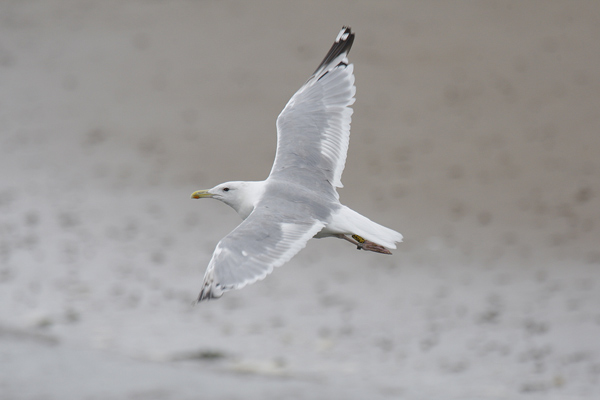
Two reports of Caspian Tern round off this section of the review ~ one for Kent (at Dungeness on 6th) and one for Lothian (at Barns Ness on 7th).
Three Honey Buzzards were noted at the Welbeck Raptor Viewpoint in Nottinghamshire on 7th and boosted the weekly total to around 10 birds in all. Two single birds were noted elsewhere on 7th ~ over Sidlesham Ferry in West Sussex and Orkney’s North Ronaldsay and further reports followed on 8th, at Hazelwood Common (Suffolk), on 9th over Sculthorpe Moor NR (Norfolk) and Romsey (Hampshire) and on 10th one was reported near St. Ives (Cornwall). The final bird of the week was seen heading over Lodmoor RSPB in Dorset) on 12th.
The only non-breeding Montagu’s Harriers to report were the adult females that remained at Tacumshin (Co. Wexford) (to 8th) and Gibraltar Point NNR (Lincolnshire) to 10th. The same date saw another female noted, this one heading over Blacktoft Sands RSPB (East Yorkshire).
After last week’s nice and (remarkably) early Rustic Bunting on Unst, Shetland managed another quality early August bird in the shape of a Booted Warbler on Whalsay on 10th-11th.
Initial in-hand thoughts suggested that the bird was a Sykes’s Warbler but looking at the lovely selection of in-field shots, the feel began heading down the Booted road. It looks odd in a couple of shots but the vibe isn’t there for the mega option in others. A shed feather will eventually confirm the matter, one way or another (and field obs., suggested characters of both species…oooo, errr).
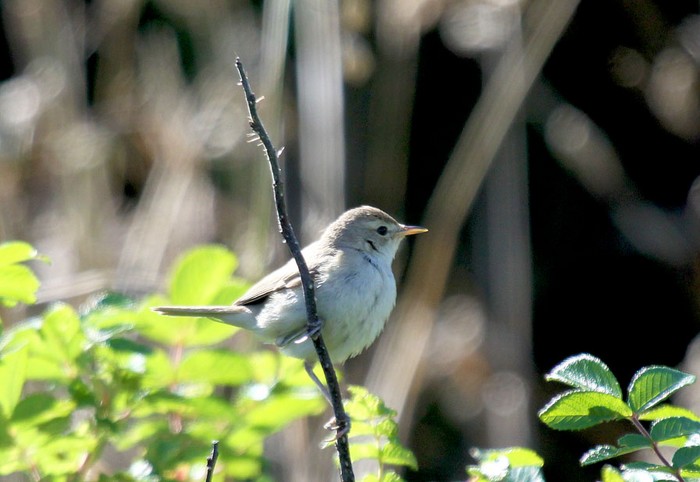
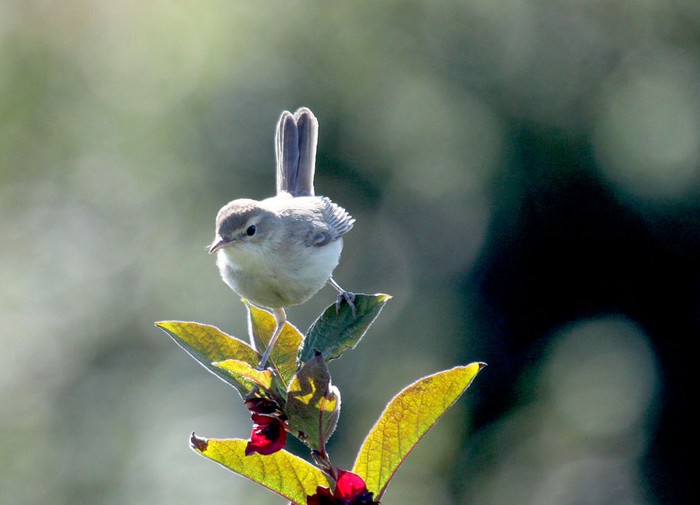
Up until the end of 2012, August had provided 26 of the 140 records of Booted Warbler, the earliest of which was a bird at Hartlepool in 2004, on the same date as the Whalsay bird, August 10th. Six have been found between 11th-19th, with the rest coming within the last 10 days of the month.
Sykes’s Warbler was, for a long-time, the long-billed, long-tailed “form” of Booted Warbler but has enjoyed “official” full specific status here for over 10 years now (first recommended in 2002, it was duly “green-lighted” in 2004). However, “available” birds have, on mainland, been hard-to-come by, with the grand total standing at just four, three of those in August. Two were seen within just a few days in August 2002 (in Norfolk and East Sussex) and the most recent was seen in Northumberland in August 2010. The fourth UK mainlander was another one-dayer, the remarkable July 1st Sykes’s around the Obs., garden at Portland in 2000 being the only other record away from our islands.
Two cracking juvenile Citrine Wagtails were found this week ~ the first made it’s way to Bardsey Island (Gwynedd), appearing there on 8th where it remained to 11th (the second of the year for the island after a first-summer female was found in late May) ~ with the second bird dropping in to Grindon Lough (Northumberland) on 9th, present for a few minutes before being lost.
Along with the early-ish autumn Citrine Wagtails came a couple of early-ish autumn Greenish Warblers ~ both arriving on Shetland. The first was trapped on Fair Isle on 6th and the following day, a metal ringed bird was found at Exnaboe on south Mainland before moving to the shore of the Pool of Virkie later the same day. Then, within almost a stone’s throw of Virkie came a new arrival on 11th, found at Sumburgh Farm.
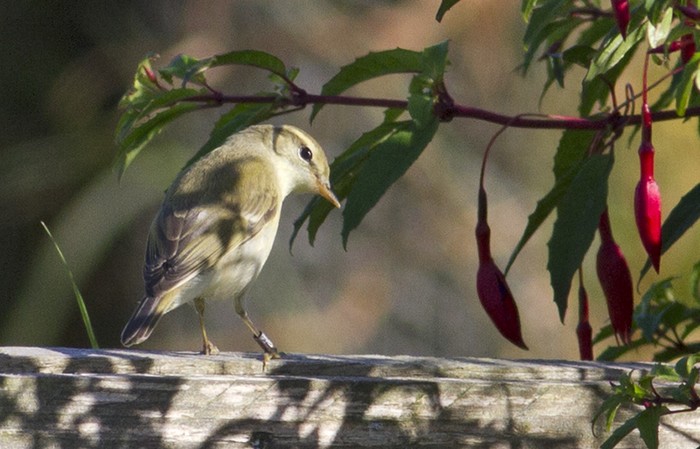

With the wind favouring the Northern Isles, the Barred Warbler tally rose again this week ~ after last week’s fresh juvenile on Fair Isle (which remained to 7th) new birds were found on Out Skerries (Shetland) on 8th and North Ronaldsay (Orkney) where two were seen on 10th. The latter island also produced an Icterine Warbler earlier in the week, seen there on 7th (with a Hippolais sp., seen briefly at Foreness Point in Kent on 11th).

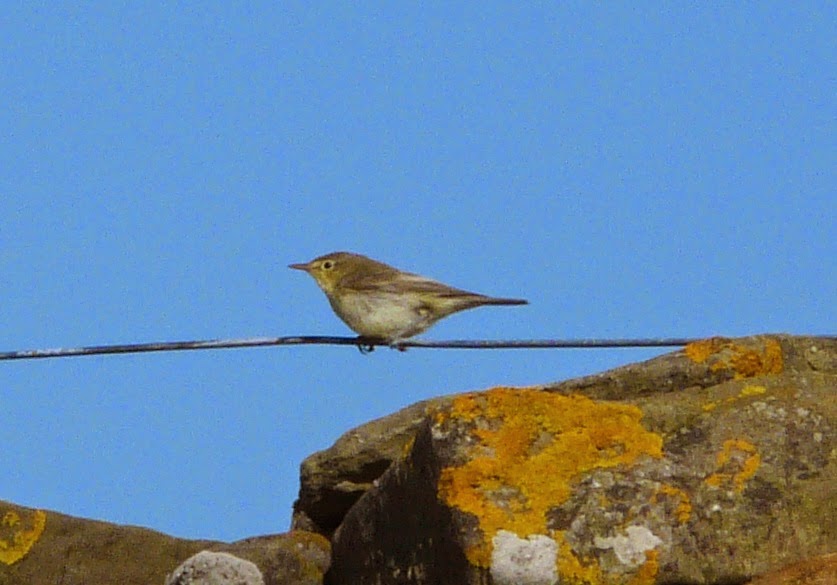
Back on Skerries, another drift migrant appeared in the form of a Common Rosefinch, also present on 8th and a second was found at Askernish, South Uist (Outer Hebrides) on 10th. The first Wryneck was also very much up north, found on Fair Isle on 7th.
Rounding up a few waifs and strays now ~ an Alpine Swift headed across Kingsdown (Kent) on 9th whilst a Hoopoe was reported from Mountfield (East Sussex) on 6th. The male Red-backed Shrike stayed put at Quainton Hill (Buckinghamshire) until 9th.
After feeling a little gloomy re:- the potential appearance of baby Bee-eaters on the Isle of Wight, it was cheering to see that not only were the adults still delivering food to the nest burrow, but the projected date for fledging falls sometime within the next few days ~ super news indeed from the Wydcombe Estate NT watchpoint!
Four birds were reported at the start of the review period, and there were certainly three adults seen on 9th, with two the following day but just one on 12th. Let’s hope the grim weather along the south coast hasn’t scuppered the impending hoped-for fledging pitter-patter party…
If the weather stays as it appears to be then for another week, the focus may fall upon seabirds and we’ve mentioned a few candidates to wish for and dream of over the past couple of weeks.
The week ahead has been fruitful for any number of rarities over the years and six of the seven days that are rolling towards us quick smart have produced “firsts”…
August 13th 1977
The first of just five Ruppell’s Warblers was found near Boddam, on the Shetland Mainland ~ the first of four consecutive twitchable birds in 15 years, others coming on Lundy in June 1979, again on Shetland (this time on Whalsay) in October 1990 and the curious looking female in Norfolk in August and September 1992. Just one more has followed, a one-day bird in North Wales in June 1995. Since then, nowt…
August 14th 1997
Britain’s first-ever atrifrons Lesser Sand Plover was found at Pagham Harbour in West Sussex ~ initially thought to be precisely this species by the finder, he was “talked out of it” by others and many of the “great and the good” travelled to the site and pronounced it to be a nailed on Greater Sand Plover. Once the first images surfaced, any number of the listing and ID elite had egg on their faces as it was clear to see that Britain’s first Lesser Sand Plover had passed many folk by. Just one more has followed and that was 12 years ago.
August 15th 1985
Ireland clocked up the first Swinhoe’s Storm-petrel on this date in 1985 when one was seen passing by Bridges of Ross. Acceptance to species took a good few years, but this bird pre-dates not only the Tynemouth birds of 1989-1994 but also the infamous “Chalice” petrel too (that was seen in the early autumn of 1988). Fair Isle’s two trapped birds of the past 12 months have meant that the keenest listers who hadn’t connected up north or were new to the game have seen a SWS-P but another fly-by is surely on the cards…and much, much more fun to boot.
August 16th 2006
Olive-tree Warbler. Hmmm, almost everyone on Shetland has a tale to tell about this ~ whether it be the finder’s nightmares that followed after the changing identity was revealed through Hugh Harrop’s photos being studied elsewhere in the Western Palearctic (that’s not even half the story of course) or to those who, not wanting to take in another “Eastern Olly” headed away past the site and on to home. A salutary lesson to everyone involved…the power of the captured image winning hands down against the not-great in-field views…
August 18th 1991
Taking longer to remedy in terms of identity than three of the four species above was Britain’s first Mongolian Sand Plover ~ found at Donmouth in Aberdeenshire, it took almost 20 years to be recognised as the first accepted record of the form. This was a two-day bird that immediately saw alarm bells when photos were published, but it took until 2010 that it was accepted not only as a “Lesser” but a mongolus at that. Four more stonking males have followed ~ in Hampshire, Lothian, Moray and Cork ~ who’d have thought that atrifrons would be the blocker now?
August 19th 1969
After the Fair Isle bird of 1956 was formally rejected, the Western Sandpiper found and photographed on Tresco by the late David Hunt became the first British record of this oft-notorious peep ~ with official acknowledgement appearing in the January 2007 edition of Ibis. While perhaps not holding the massive draw that some of the other species listed above have, there’s still a lot to like about this teasing visitor from the Nearctic, not least the identification challenge that remains in place. It remains very rare too, 12 accepted birds to date, the most recent being the first-winter found at Cley in November 2011.
Mark Golley
13 Aug 2014
Thanks also all our other contributors for their photos, videos and sound recordings.










